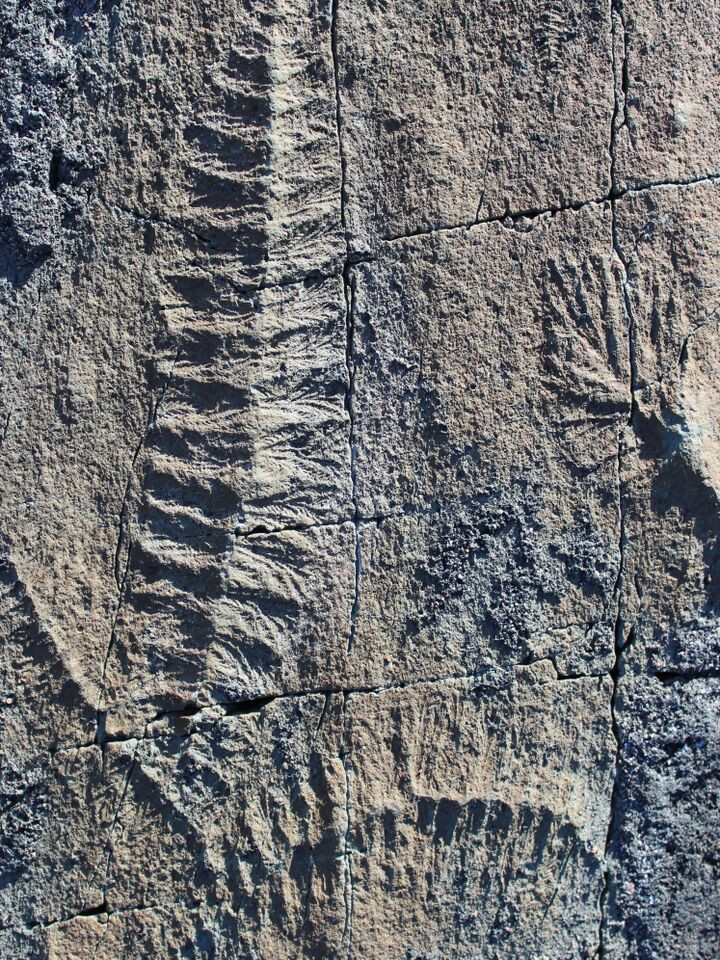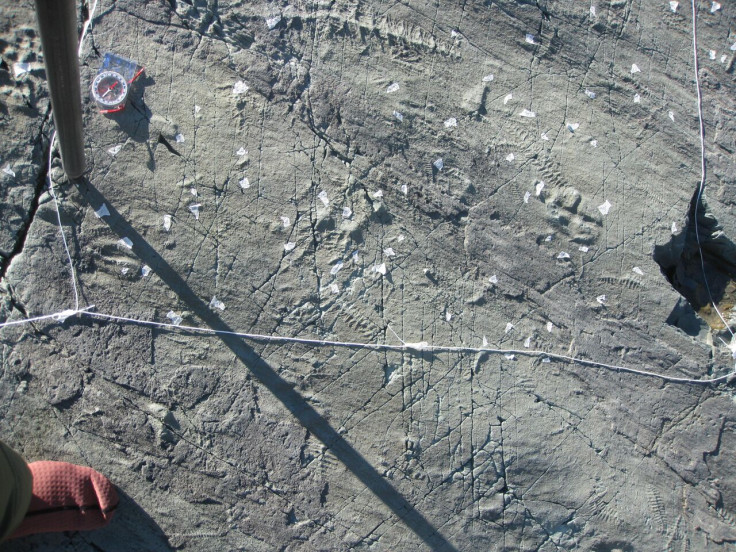Rangeomorph reproduction: 'First animals' sent advance party to colonise new areas
The earliest example of reproduction in a complex organism has been discovered in a 565 million-year-old rangeomorph fossil by University of Cambridge researchers. Rangeomorphs are considered to be some of the first animals on Earth, although it is difficult for scientists to be sure of this.
They lived in oceans during the late Ediacaran Period, between 580 and 541 million years ago, and are largely considered a mystery to science. They looked like trees or ferns and do not appear to have had mouths, organs or any means of moving, meaning that they likely absorbed nutrients from the water. Growing up to two metres in length (but mostly measuring up to 10cm), the species disappeared mysteriously at the start of the Cambrian Period.

Because of their early disappearance, scientists had found it difficult to establish how rangeomorphs lived, what they ate or how they reproduced. However, using statistical techniques to assess their distribution, scientists have now worked out the latter – showing the species used a two-step approach to breed.
Emily Mitchell, lead author of the study published in the journal Nature, said: "Rangeomorphs don't look like anything else in the fossil record, which is why they're such a mystery. But we've developed a whole new way of looking at them, which has helped us understand them a lot better – most interestingly, how they reproduced."
The scientists looked at the distribution range of a type of rangeomorph called Fractofusus, and found the larger 'grandparent' was randomly distributed in their environment, with smaller 'parents' and 'children' surrounding them in distinct patterns.

High-resolution GPS, spatial statistics and modelling were used to examine their distribution – because the species was immobile, they are well suited to study through special techniques such as these.
Researchers say the patterns found resemble the biological clusters seen in modern plants, suggesting a joint approach to reproduction. The grandparents, they say, are the product of ejected waterborne propagules. The parents and children then grew from 'runners' sent out by the preceding generation.

In effect, they appear to have sent out an "advance party" to settle in a new area, followed by the rapid colonisation through these runners. "Reproduction in this way made rangeomorphs highly successful, since they could both colonise new areas and rapidly spread once they got there," Mitchell explained.
"The capacity of these organisms to switch between two distinct modes of reproduction shows just how sophisticated their underlying biology was, which is remarkable at a point in time when most other forms of life were incredibly simple."
© Copyright IBTimes 2025. All rights reserved.






















